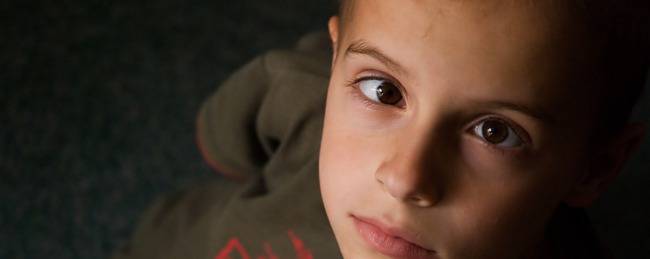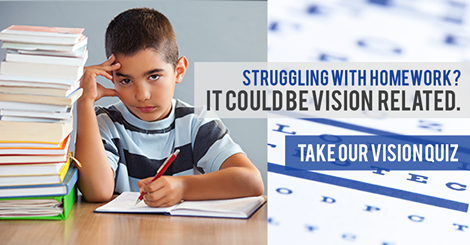
Many children and adults are diagnosed with eye turn problems commonly called lazy eye, crossed eyes or wandering eye. Recommended treatments in the past have quite often included constant patching or surgery to “strengthen” or “straighten” the affected eye. The success of these treatments leaves most patients with eye teaming, eye tracking, focusing and perceptual vision problems, often with a recurrence of the original eye turn, or in some cases, a slightly different eye turn. Neuro-Visual Rehabilitation is an effective and lasting non-surgical treatment. It does not include constant patching, which can have a significant negative effect on a child’s self-esteem. Here are some commonly asked questions that we hope you will find helpful as you research treatment options for yourself or your child.
What is Strabismus?
Strabismus is commonly referred to as a crossed eye or wandering eye. It is a visual condition in which a person’s eyes do not point at the same object at the same time. The result is the appearance of one eye turning in relationship to the other. A person with strabismus has reduced binocular function and depth perception. People who have strabismus struggle with visual space orientation. This orientation is a mental phenomenon that exists in the visual cortex of the brain. If left untreated, the eye that turns may develop reduced visual acuity, a condition known as amblyopia, or lazy eye. Whether the eye turn is constant or intermittent, strabismus always requires treatment. It will not go away on its own and children will not outgrow it.
What is Amblyopia?
Amblyopia is commonly referred to as lazy eye. It is a visual condition that is manifested by reduced vision, which is not correctable by wearing glasses or contact lenses. Amblyopia is often the result of long-term suppression of the eye’s signal from the brain. The treatment of strabismus and amblyopia are quite similar. While historically it was felt that nothing could be done about amblyopia after the age of seven, new research and clinical experience have shown that strabismus and amblyopia can be treated successfully at any age. The tradition of patching the “good eye” has fallen from favor as research demonstrates that constant patching can damage the binocular cells of the eye. Newer treatment methods utilize minimal patching combined with appropriate activities that stimulate both the monocular and binocular cells of the eye.
